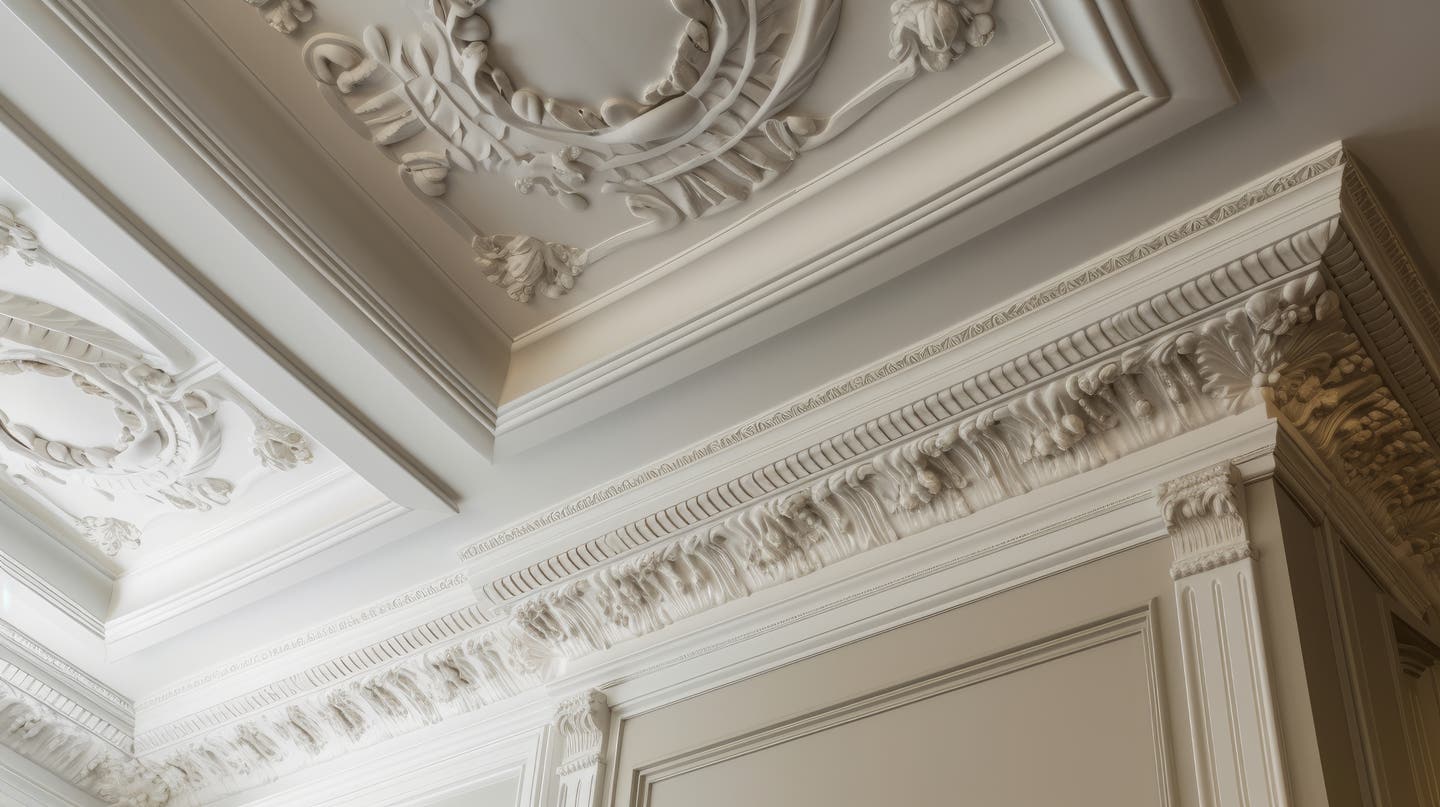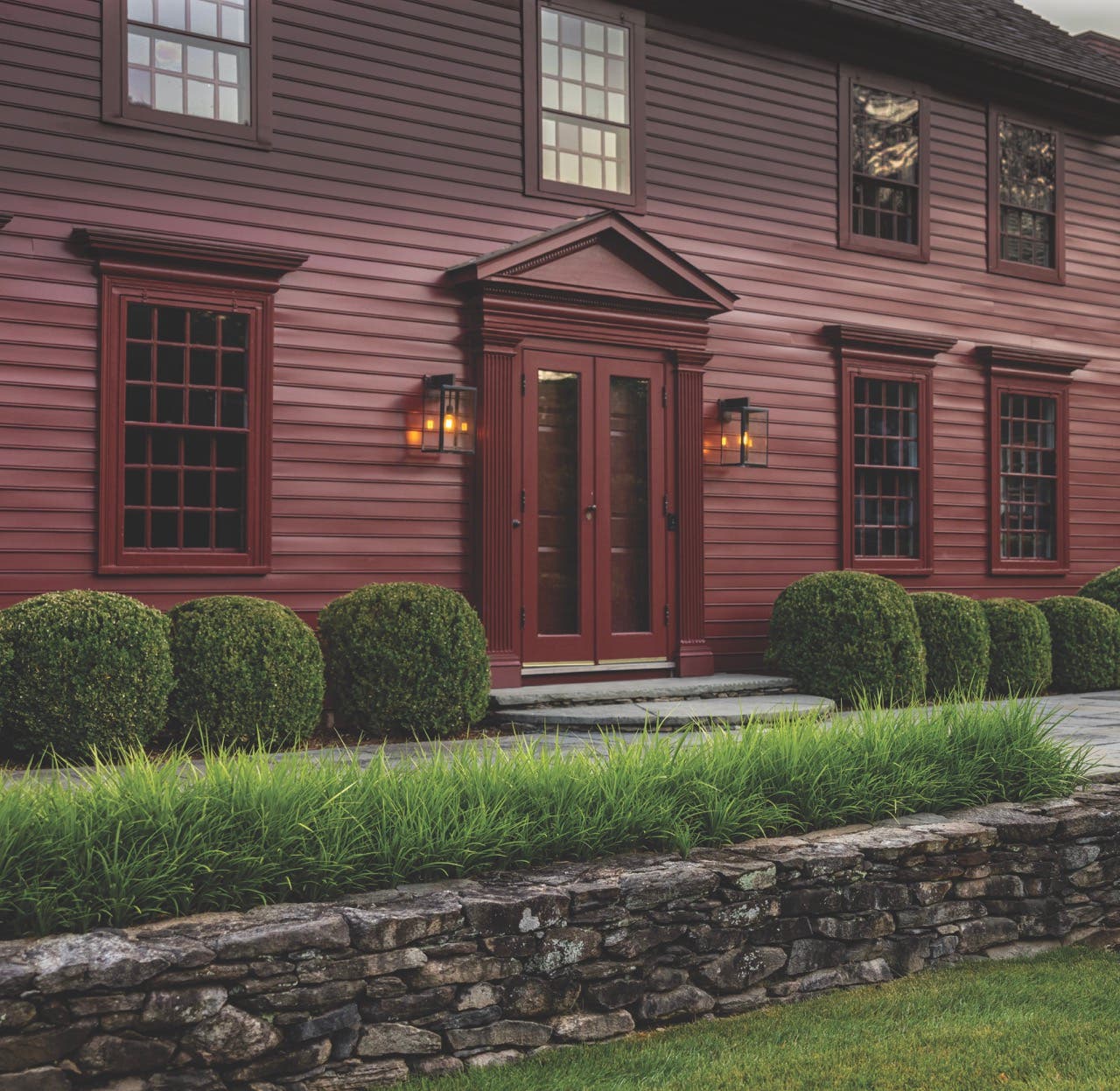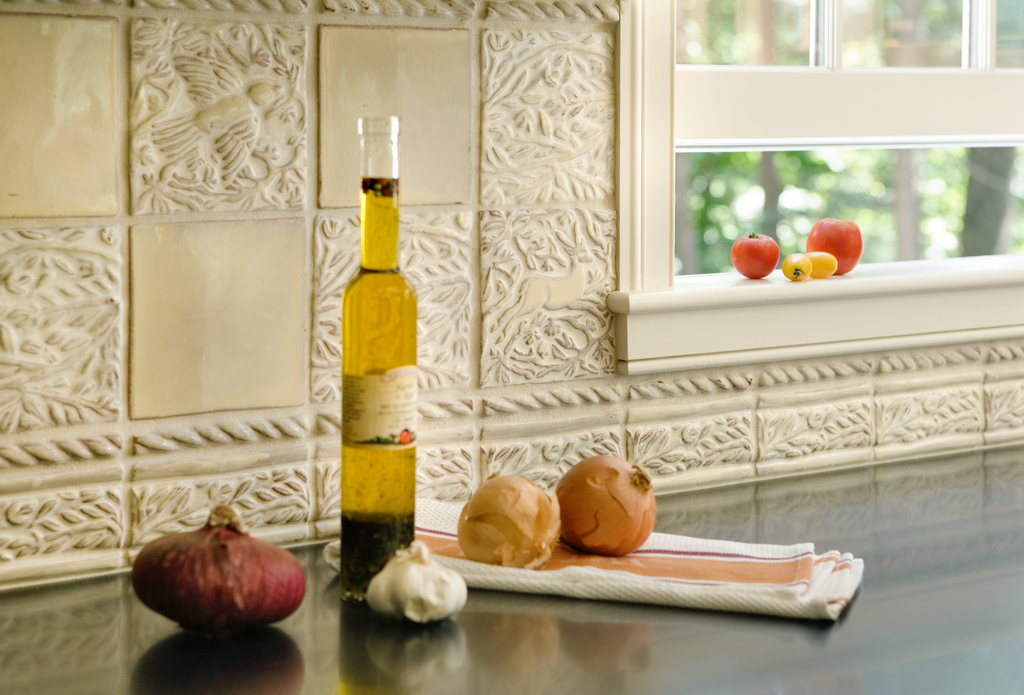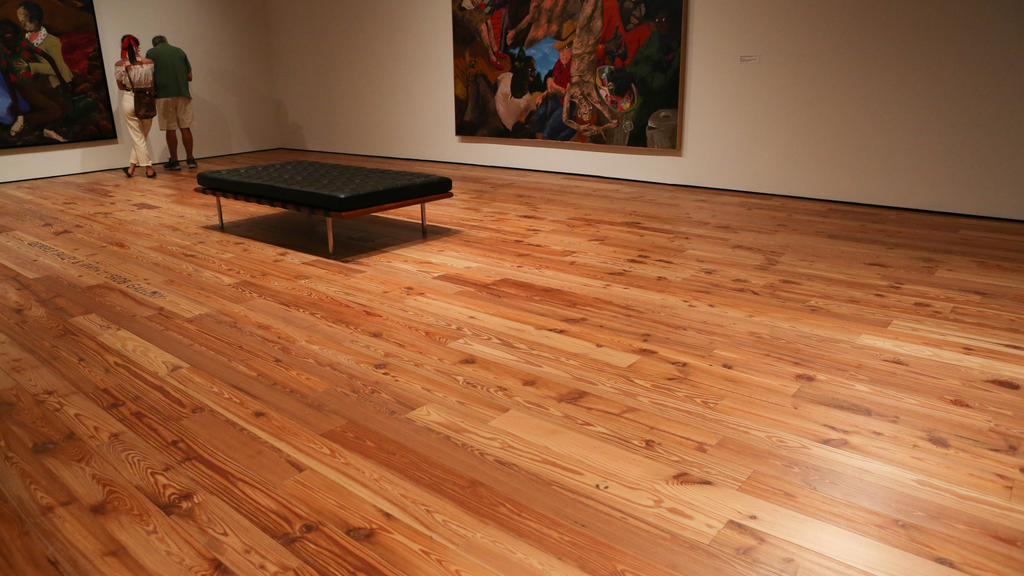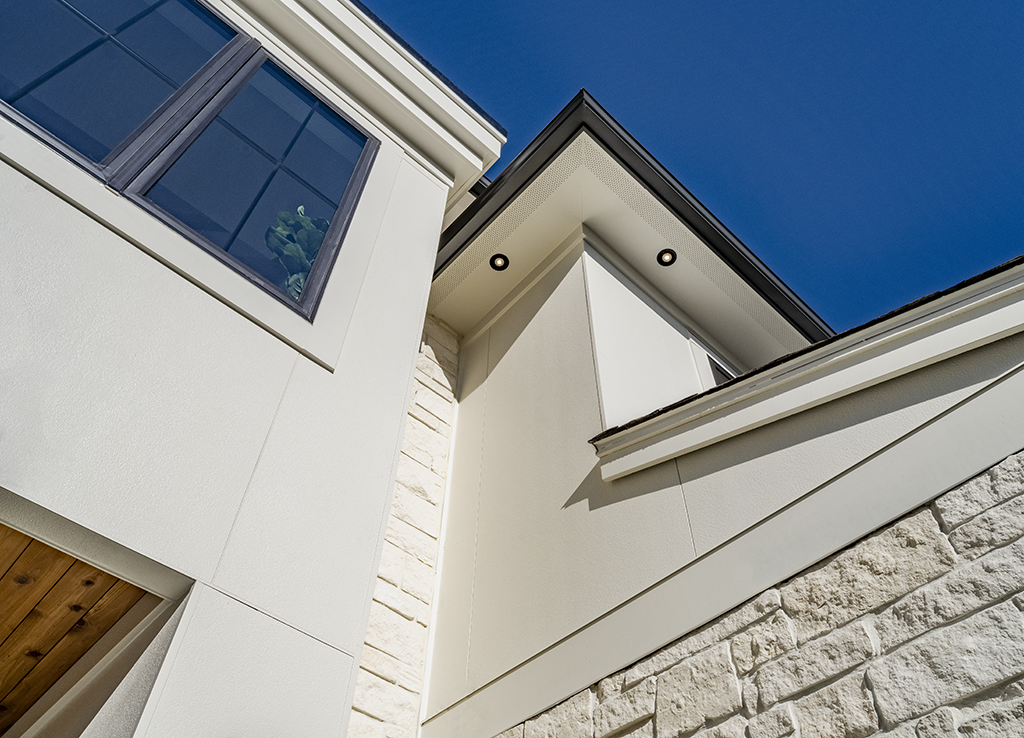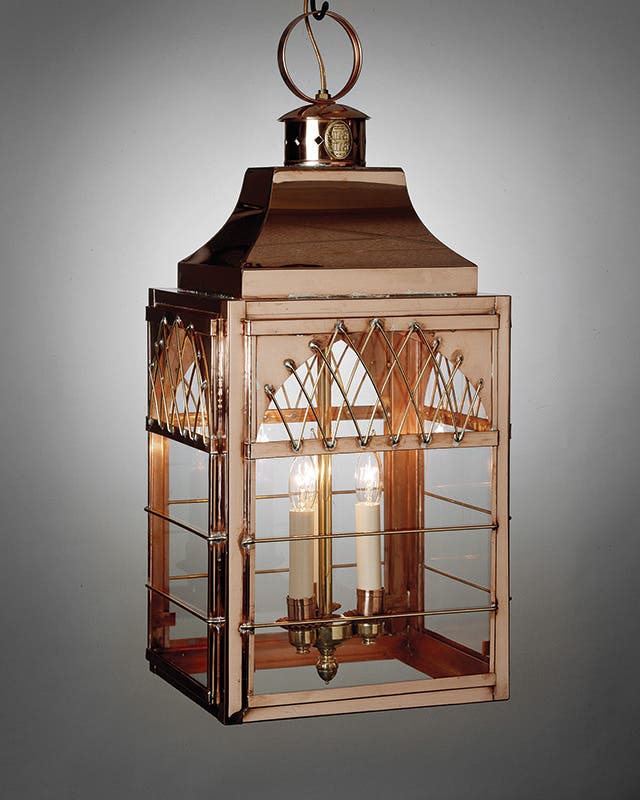
Product Reports
Lighting Options for Classic Homes
Quality exterior lighting fixtures are a great addition to a traditional house. Not only do they serve a practical function, but they are also a stylish complement. A key element of the initial image of a home, it is important that the fixtures are appropriately styled and sized relative to the building. Among the lighting companies that provide a wide range of fixtures in a variety of styles are Orange, CA-based Old California Lantern Company, Exton, PA-based Ball & Ball Lighting and Hazlehurst, MS-based Faubourg Lighting.
Arts & Crafts Lighting Fixtures
Old California Lantern Company manufactures both interior and exterior Arts & Crafts-period lighting fixtures. Owner Tom Richard has spent his entire career in the lighting profession and started the company in 1989. Initially creating custom pieces for commercial buildings, Old California Lantern has since expanded its collection and works primarily in the residential field.
Electric wall sconces and lanterns are available in three lines – Craftsman, Ultimate Bungalow and Cottage. “The Craftsman and Cottage designs are inspired by historic California architecture,” says Richard. “The Craftsman style is traditional Arts & Crafts, while the Cottage designs are more whimsical, English countryside types.”
The Ultimate Bungalow line features reproduction Greene and Greene fixtures, which are a version of the Arts & Crafts style designed by the renowned architects. “We have designs that were originally made for the Gamble, Blacker and Thorsen houses, among others,” says Richard. The Greene and Greene lighting reflects the firm’s architecture, which features large, low, overhanging roofs, pagodas and other Asian influences.
Garden Lights, a fourth collection of exterior lighting introduced in August 2009, incorporates fixtures from the Bungalow line. It is unique in that the fixtures are made specifically for path illumination, so they are reduced in size and offered in 12 volts. Spot and flood lights are also available.
Not only can orders be placed for fixtures from Old California Lantern’s standard lines, but the company also specializes in custom work. “Often, customers choose a fixture from one of our stock lines, but need it to be scaled differently or want one or more of its elements modified,” says Richard. “We will happily help them with that kind of project.” Another request for custom fixtures is from customers – usually architects – who have designed a lighting fixture in an Arts & Crafts style and need it fabricated. In some cases, with the designer’s permission, the company incorporates the fixture into its product line.
Exterior lighting fixtures from Old California Lantern are available in solid brass and copper. Nine hand-applied finishes are available, from bronze patina and rust to warm brass and old copper, along with a selection of handmade art glass. “Our strength is our patina finishes, a variety that not many companies offer,” says Richard. “We are trying to create a product that looks old and the patina and weathering enhance that. The fixtures will age gracefully.”
The company manufactures all of its lighting in its factory. Recently, it has started to produce more energy efficient fixtures, which is accomplished by building a compact fluorescent system into old lanterns.
18th-Century Lighting Reproductions
Another family-run company, Ball & Ball Lighting was founded in 1932. With a broad product line that includes furniture hardware and door hardware, the company began producing lighting in the 1950s. Today, it is one of the company’s largest product lines. “Like our other products, the lighting is reproduction 18th-century and turn-of-the-century American Revival period,” says Bill Ball, co-partner of Ball & Ball.
Ball & Ball manufactures both standard and custom electric lighting for interior and exterior applications. The latter types include wall sconces and post- and wall-mounted lanterns in brass, bronze, tin, copper, aluminum and iron. The interior assembly is made in brass and stainless steel for durability. There is no limit to finishes, though most customers opt for Ball & Ball’s standard non-lacquered metal finishes, which will tarnish for an historical appearance.
The company has a design library with more than 1,500 antique fixture shop drawings and artwork that date from 1880 to 1950, and serve as the basis for Ball & Ball’s American Revival collection. The company also owns a collection of antique fixtures, from which it takes its fabrication techniques. It will manufacture a light from an old catalog, photograph or drawing, but prefers to work with a three-dimensional object. “This is because we can see all of the elements as well as the construction technique, which means that we can reproduce that too,” says Ball. All fixtures can be duplicated in their original sizes, but can also be produced in several other sizes and mounting configurations.
Ball & Ball will work with customers to produce drawings for custom fixtures, or manufacture fixtures designed by architects for specific projects. “We have been doing more custom work lately, which I enjoy,” says Ball. “I like the challenge of a new project every time. It is mostly residential, though we will scale our fixtures for commercial work as well.”
When customers order multiple lighting fixtures, they are often designed in the same style, but the sizes and mountings vary depending on the location of installation. “There can be a lot of back and forth before we produce a final design,” says Ball. “We will sometimes even produce mockups to ensure accuracy.”
Ball & Ball is also known for its restoration and repair work. Recent projects include the restoration of exterior fixtures at the Supreme Court and the Capitol in Washington, DC. In some cases, a customer will ask the company to restore a fixture and, simultaneously, to reproduce it so the piece can be featured in one or two additional rooms. “Whether it is a commercial or residential project, reproduction or restoration,” says Ball, “we are happy to work with customers to produce the best light fixture for their building.”
New Orleans Inspired Copper Lighting Fixtures
Faubourg Lighting, which was founded in 1978, manufactures handmade gas and electric lighting in copper. Its wall sconces, porch lighting and lanterns are largely influenced by traditional New Orleans’ gas fixtures. Other standard styles include Colonial, Federal and Italianate.
Due to its large selection of styles, Faubourg’s fixtures fit well almost anywhere. Owner Kathy Hidalgo says that she supplies lighting to a variety of homes, from French Country to contemporary. “Most of our customers have Acadian French-style houses,” she says, “so our Acadian and French Country-style fixtures are some of the most popular. Of course, whatever the style, we strive to complement the architectural integrity of a home.”
In addition to its standard line, Faubourg Lighting also creates custom fixtures. Working from the catalog collection, customers can choose a base style and mix and match different finials, brackets, mounts and finishes. Similarly, fixtures are available in sizes from 14 to 36 in., but the company will create unique sizes upon request.
Custom lighting has become more prevalent in the past few years, and Faubourg Lighting often works with architects who design their own fixtures. “Many of the fabrication jobs we get from architects are for commercial buildings,” says Hidalgo, “but we are just as happy to work on custom residential projects.”
Faubourg is currently fabricating the exterior lighting for a new residence in Madison, MS. The 10,000-plus-sq.ft. European-style stone house sits at the top of a hill, surrounded by gardens. To complement the architecture, the interior designer bought a few hanging light fixtures from Europe, which Faubourg Lighting will convert to gas. The company is also charged with fabricating 42 new fixtures in a similar style, the majority of which will also be gas burning. “We are taking one of our standard Acadian lights and modifying it with a special top, a wall mount and iron brackets,” says Hidalgo. “The builder helped us with the pattern and the architect modified it and enlarged it to make it appropriate for the space.”
Though Faubourg Lighting specializes in gas lighting, fixtures can be either gas or electric. Both the gas and electric lights are UL certified and the gas fixtures bear certified CSA labels. While the fixtures are copper, the components are copper or brass. Faubourg offers four finishes, although many customers choose raw copper for its natural patina.
Whatever style, material and detailing one chooses, timelessness is the objective. All three of these companies help residences achieve that with their exterior lighting. n
Hadiya Strasberg is an M.Arch. candidate at Massachusetts College of Art & Design and a contributor to Period Homes and Traditional Building.




